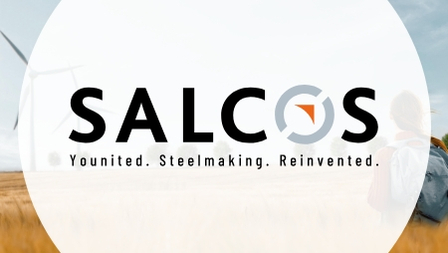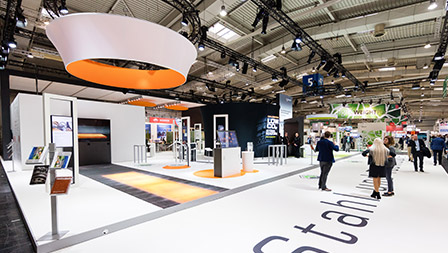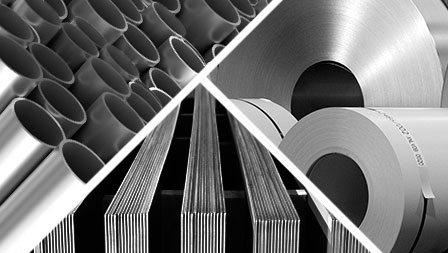SZFG and Sunfire take the next step in the development of steam electrolysis with GrInHy2.0
07.03.2019 | Salzgitter AG
GrInHy2.0 marks the continuation of the successful collaboration between Salzgitter Flachstahl GmbH and Sunfire GmbH which began with the launch of the predecessor project GrInHy in March 2016. Under the overall coordination of Salzgitter Mannesmann Forschung GmbH and with new international partners on board, GrInHy2.0 will see what will be the world’s most powerful steam electrolysis plant generate hydrogen for use in SZFG’s integrated steelworks.
Following the positive experience gained from the GrInHy project which concluded in February 2019, the successor project GrInHy2.0 was launched in January. In addition to the two Salzgitter companies SZFG and SZMF, the consortium partners also include Sunfire GmbH, Paul Wurth S.A., Tenova SpA and French research center CEA. The overall budget allocated by all partners amounts to € 5.5 million.
As in the previous project, Sunfire GmbH’s steam, or high temperature, electrolysis forms the central element. The electrolyzer cells in the plant comprise two electrodes and a solid oxide electrolyte. Using electricity, steam at 150 °C – produced through waste heat generated by steelmaking – will be electrochemically converted into molecular hydrogen and oxygen. The process allows this electrolysis technique to achieve maximum electrical efficiency.
In comparison with the predecessor project, with GrInHy2.0 the electrical efficiency is expected to be boosted from approx. 78 % (based on calorific value) to at least 84 %. At the same time, there will be a substantial performance increase in electrolysis which will climb from the previous 150 kWel auf 720° kWel. With effect from mid 2020, in normal operation the plant will be able to produce 200 standard cubic meters of hydrogen per hour. The success of the project will be measured against a minimum operating period of 13,000 hours over the four-year term of the project. In the course of operation, at least 100 tons of hydrogen are expected to be produced using renewable electricity.
In order to also use the hydrogen in the annealing processes required by modern steel finishing, it must exhibit a quality of 3.8 (>99.98 % hydrogen content). To achieve this, the saturated hydrogen is initially compressed at an overpressure of up to 10 bar before being dried via a pressure swing adsorption unit.
Hydrogen as a reduction agent is also a central element in SALCOS® (Salzgitter Low CO2 Steelmaking), the Salzgitter Group's concept for reduced-CO2 steelmaking, in the course of which hydrogen produced using renewable energy is set to replace the carbon previously required to smelt iron ore. SALCOS® is based on elements of various proven technologies, allowing the concept to be implemented swiftly at an industrial level.
For further details and current information, please refer to these websites:
www.green-industrial-hydrogen.com
https://salcos.salzgitter-ag.com
















